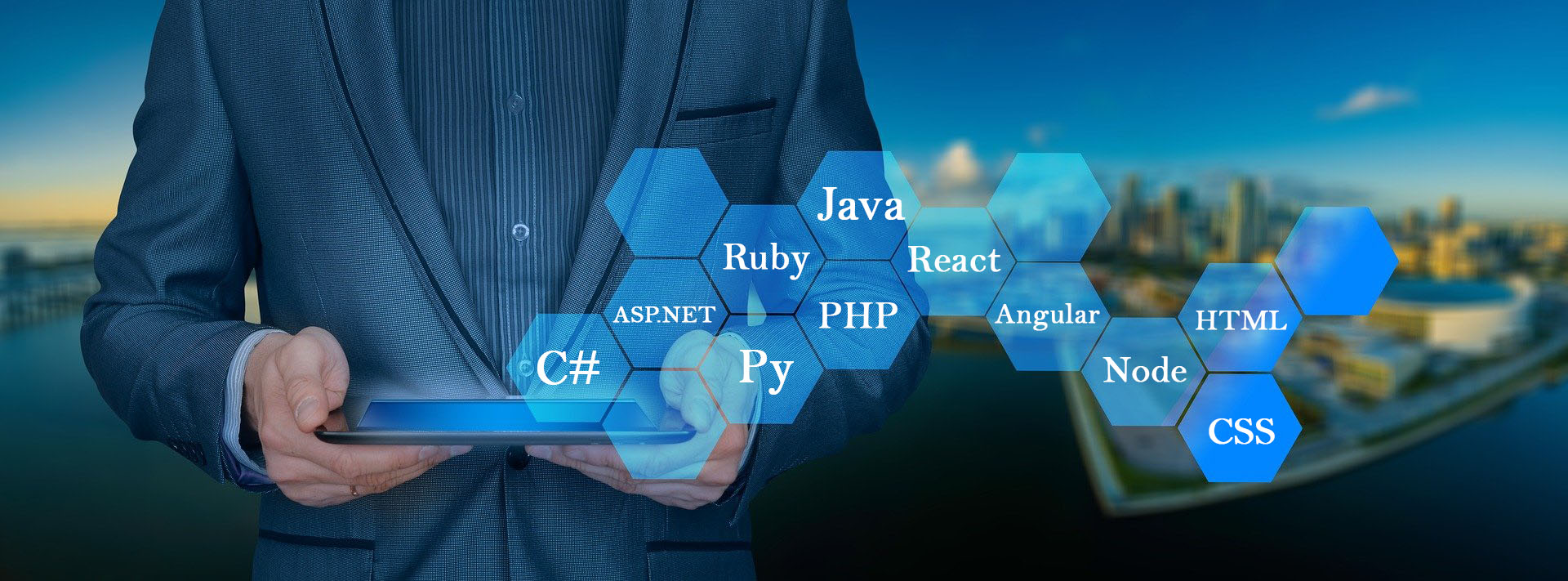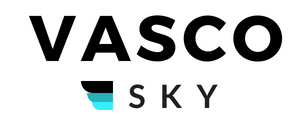
We have successfully delivered +30 IT systems based on different approaches and technologies.
We are able to create solutions based on proven and secure frameworks, depending on your needs.
We treat technologies as tools while solving technical challenges.
Project Case Study
#1 Meet the Client
Our Client was a company from the insurance industry, present on the market for over 10 years. The Client offers financial and insurance services to a wide range of individual and corporate clients, mainly on the educational market, and thanks to the co-operation with the biggest insurance companies can provide diverse products and dedicated solutions to the end users.


#2 THE BUSINESS NEEDS
We identified the main goals of our Customer:
- - Help and assist the employees in effective customer service activities
- - Serve a large load of time-bound customer requests
- - Increase employees motivation and support highly effective multi-thread-based teamwork
- - Monitoring of the customer service costs and custom financial reporting
- - Quick response to the market’s and end users needs
#3 THE SOLUTION
To achieve these goals, we recommended the development of a dedicated IT System integrated with existing IT infrastructure and other systems and data sources.


#4 CHALLENGES
- - Insurance products life cycle with pre-defined guaranteed service time (a deadline that can not be moved)
- - Keep the business flow (old and new products and policies kept in one DB, required data migration)
- - UX challenges (fast and easy customer service for the end user, the intuitive system as a must-have since every additional click meant less time to deal with the client. Additionally, the necessity to create intuitive front-end for the end user)
- - Adjustments of the reporting system to the requirements of contracts and deals concluded with the insurance companies
- - The necessity of fast creation of the new reports (sent daily, weekly and monthly - a large amount of reports generated automatically, including sensitive data)
- - Working with highly-sensitive data
- - Knowledge transfer from various sources
#5 ROAD TO SUCCESS
Analysis
Our process:
- - Clarify business goals and customer expectations for the application using workshop techniques
- - Clarify the scope of work and list of functions using the MoSCoW method (high-level prioritization then dividing the scope of work and then the second prioritization)
- - Create a common dictionary of concepts and terms for the need of employee scoring and gamification
- - Deep analysis of the processes and responsibilities related to the product life cycle
- - Multiple validations of the concept in terms of consistency of requirements and programming feasibility
- - Adapting the system specification to customer needs through consultations and detailed questions
- - Modular concept creation (general specification + refinement of modules) (iterative analysis)
Effect of work: documents with the list of functionalities, documented workflow of the products life cycle, requirements clarification.
Analysis tools and methods: workshop techniques, MoSCow method, interviews, BPMN diagrams (Bizagi).


#6 USER EXPERIENCE DESIGN
- - Creation of the list of necessary pages and views
- - Proof of concept preparation - clickable mockups made it easy to validate the assumptions and clarify the way the system will work
- - Preparation of the needed views with the detailed division of functions into subpages and reflection of all the functions from the specification
- - Preparation of dedicated views for every group of users, regarding their permissions
- - Focus on end-user experience (application was planned to be used on daily basis with high frequency, so this part of the project was extremely important)
- - Clients’ consultation - the multi-stage process that gave the client the assurance that all his needs will be reflected
Effect of work: several dozens of mockups, clickable proof of concept mockups. Thanks to that there was no need to prepare separate graphical projects.
#7 SOFTWARE DEVELOPMENT
Because of our effort of constantly monitoring and assessing of priorities, we were able to deliver the most important features of the system first, so they can be tested and checked by the client.
Back-end and front-end development activities were done with the usage of modern technologies like Ruby on Rails and React.JS/HTML/CSS.
While planning the architecture of the system, we ensured that the crucial and most frequent sequences of operations used often by employees are optimized in terms of performance
Before introducing the plan of API integration and definition of new interfaces, we did the validation and clearing of data from existing and historical data sources.
During the whole development process, the team worked in SCRUM with all its artifacts (daily meeting, planning, refinement, and retrospective). That helped us to
- - quickly react any to the changes,
- - gave us the possibility to deliver the MVP of the project fast
- - Let the Client to be engaged and fully informed on every stage of the project.


#8 TESTING
Tests were planned and implemented on every stage of the project:
- - Unit tests
- - Integration tests
- - System tests
- - Acceptance tests with emphasis on UATs
Effect of work: test scenarios, automation tests of main paths in the application.
#9 IMPLEMENTATION
Installation and deployment on production were the final stages of the project. The scope of our work:
- - The configuration of servers and mailing structures
- - Data migration plan
- - Deployment and installation plan
- - Preparation of manuals and detailed instructions for a various group of users


#10 RESULTS
The main deliverable of the project was an advanced system that included:
- - A reliable system that enables to serve large amounts of time-bound customer requests
- - Support for multi-stage corporate business processes
- - Automatization of repetitive tasks
- - Easy to track and transparent monitoring of all customer service processes
- - Supporting and shortening of the data-driven decision-making process
- - An optimized set of activities that supported teamwork, team management, and work prioritization
- - The scalable system which large possibilities of custom configurations as the answer for changing business conditions
- - Transparency of the employees' achievements
- - API integration with external systems that eliminated the need for data transfer and email exchange and reduce errors in communication between employees and external communication with the clients.
